“The Godfather” (1972), “Jaws” (1975), “Toy Story” (1995). All different genres and from different times, yet all classics. But why does everyone consider them classics? It is more than Oscar-worthy performances or Blockbuster storylines — a “classic” hits like a wave, resonating with people across generations and cultures. But then again, the (2024) “Garfield” movie still hits me like a train … proving that even films not widely deemed classics can still touch the soul. Still, there are a few defining aspects that separate a true classic from the crowd.
Consider what is at the heart of any iconic film: unforgettable characters, stories and themes that linger long after the final scene, a soundtrack that lifts scenes to perfection, and most of all, a unique “it” factor embedded in its execution to perfectly tie these aspects together. While this unique element can be different for every classic, it elevates that movie from a regular film, into one of a kind.
The magic all begins with the personalities that jump off the screen. A classic features distinct characters performed so masterfully, to the point that they feel made of pure flesh and blood. Martin Scorcese’s mob classic “Goodfellas” (1990), a film widely recognized especially for the iconic performances from its cast, features all-time greats Joe Pesci, Robert DeNiro, Ray Liotta, and Paul Sorvino. But at the center of this cast playing a ruthless gang of renowned mobsters, is Henry Hill (played by Liotta). He’s not the traditional hero, but rather a kid who fell into the wrong life and let it consume him. Audiences are drawn into his naive yet determined personality as not only a mobster, but more so a lost kid, who’s core values reflect within ourselves.
It’s characters in films like these that feel truly alive, because their ambitions, dreams, and mistakes mirror our own, even if we do not share the same circumstances. Whether it’s more realistic icons like Rocky, Forrest Gump, and Sherlock Holmes, or characters from imaginative realms like Woody and Buzz, Anakin Skywalker, and Batman, characters breathe life into classics by leaving a lasting connection with people.
At the same time, captivating characters alone do not guarantee a movie will become a classic. There have been a fair share of films with unforgettable characters — brought to life by talented actors — that fall flat due to weak execution or clunky storytelling. Take Andrew Garfield and Emma Stone in “The Amazing Spider-Man” (2012-2014) films, for example. Garfield nailed the role of Spidey, with a seemingly perfect combination of ecstatic humor and emotional depth. Meanwhile, Stone’s Gwen Stacy was right there with him, giving a nuanced and refreshingly complex performance which made for an unmatched chemistry between the two. Despite the powerful lead performances, the films’ lackluster villains and scattered plots divided fans, holding the films in “The Amazing Spider-Man” franchise back from their potential.
Aside from the iconic personalities, at the core of every classic is a story crafted with such depth and care, that its messages and moments stay with you long after the credits roll. I remember the first time my dad — who, like many dads, spends his evenings unwinding with movies — introduced me to his all-time favorite, “Cinema Paradiso” (1988). It was then that it became my favorite too. It was an Oscar-winning Italian film that wasn’t even in my language, yet I understood it so perfectly. It felt like more than entertainment to me — it was a story about the tropes of love, nostalgic memories, and the magic of bringing people together. By the end, I found myself not only relating to it, but also finding a sense of clarity in it, teaching me to be more in touch with my emotions and experiences. It had become a film that I would find myself coming back to for comfort, with my dad by my side. Coming back to those films, time and time again with the ones you love — that’s the mark of a timeless movie.
Despite this, classics do not always have to be sentimental to make their mark on someone. From raunchy comedies like “The Big Lebowski” (1998), “Austin Powers” (1997-2002), and “Some Like It Hot” (1959), to horror classics like “Psycho” (1960), “The Shining” (1980), and “Scream” (1996), it’s safe to say that powerful storytelling is absolutely not limited to a single genre. Comedies stay with us due to their quirky and creative plots, giving us memorable moments, our fair share of memes, and one-liners we drop in conversation (always hoping I get the chance to say “I’ll be back” like I’m Terminator). Horror, on the other hand, dives deep into our psyche, sticking with us through the thrill it pushes. With classics spanning every genre, these films show us that a lasting impression isn’t really about style or tone — it’s about crafting a story that you can take from the screen and keep in your heart. It’s with these timeless sparks that today’s movies can find their path to becoming the next wave of classics.
And finally, just as how Harry meets Sally, films meet their soundtrack — and aren’t complete without them. Like a perfect harmony, music and visuals work together to heighten the feeling behind a movie. Most times, you can even tell the direction of a scene and the tone it’s setting, purely off of the music that accompanies it. It is because of that magical power of music, that a film is so unbelievably able to connect to you as deeply as it can. For every classic we know and love, they just simply wouldn’t be the same without their iconic theme songs and backing tracks.
Take “Jaws” (1975), a film with a simple two-note theme that has become iconic. On the topic of horror movies, think of “La La Land” (2016)— it wouldn’t capture that same bittersweet romance without captivating pieces like “Mia and Sebastian’s Theme” and “City of Stars”. And, of course, “Star Wars” (1977) owes its legendary score to John Williams, with a theme song renowned across the globe.
Soundtracks are more than just background music — they are the pulse of every film, amplifying the sheer quality of the storytelling. As for classics, the music shapes them. With catchy melodies and memorable scores, they are infused with a magic that cements them in history, standing the test of time.
Whether they’re based around a cowboy toy and a space cadet, a nerd who slings webs, or a shark with a sweet tooth for beachgoers, classics are the eccentric tales that stick with us. It’s the distinct characters, captivating stories, and unforgettable scores that cement them in time, making them the ones we rewatch and carry with us. But what truly defines a classic isn’t just a powerful story — it’s how that story affects you. It’s the films that make us laugh, cry, and love, regardless of the ratings. That’s what a true classic is.

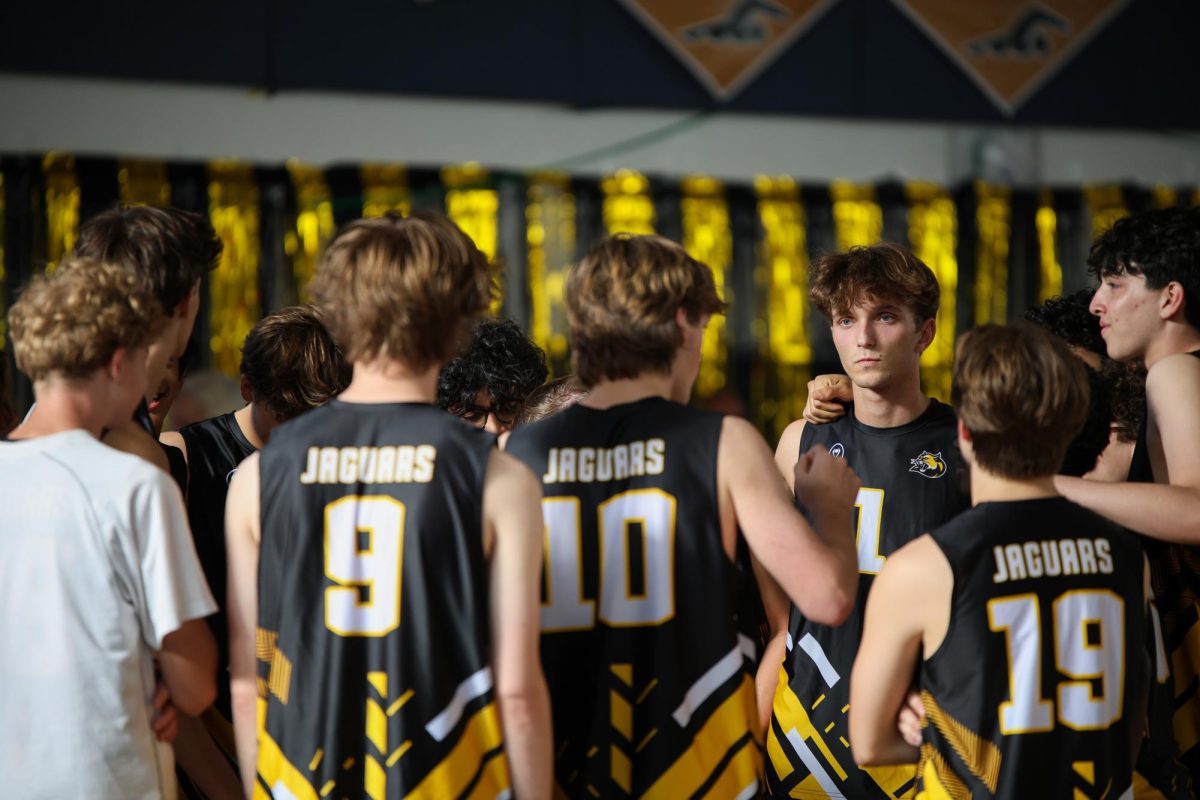

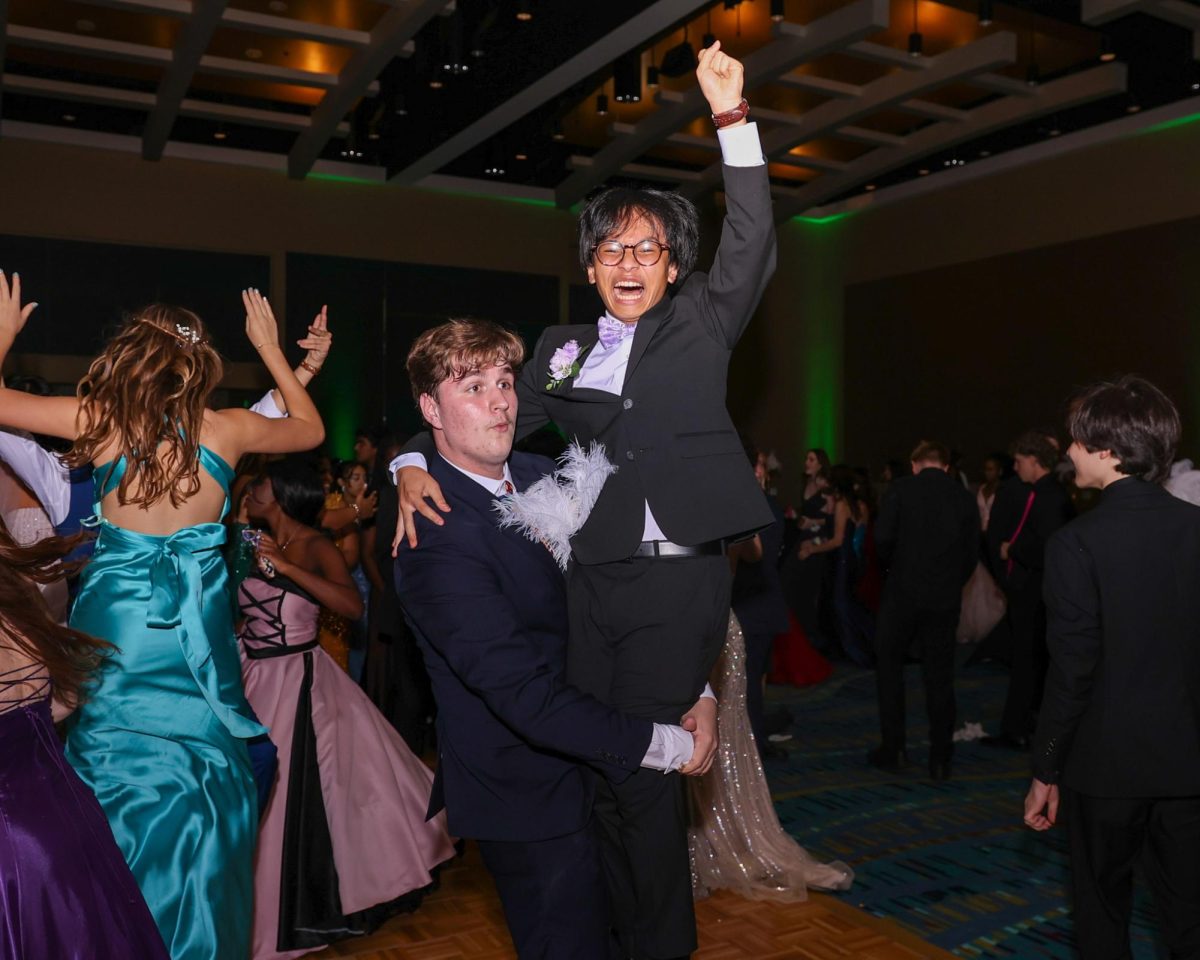
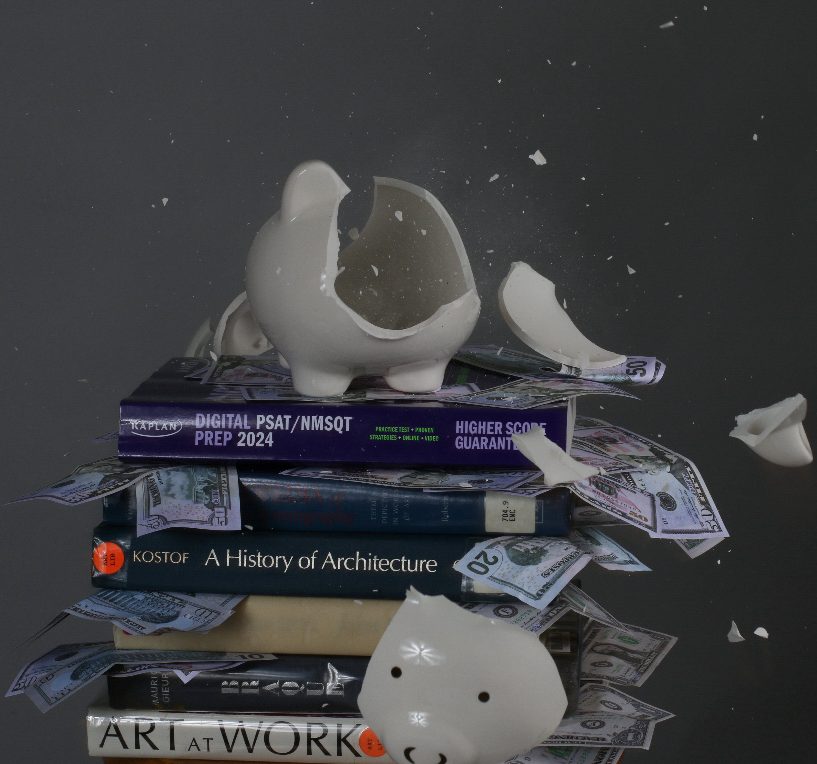

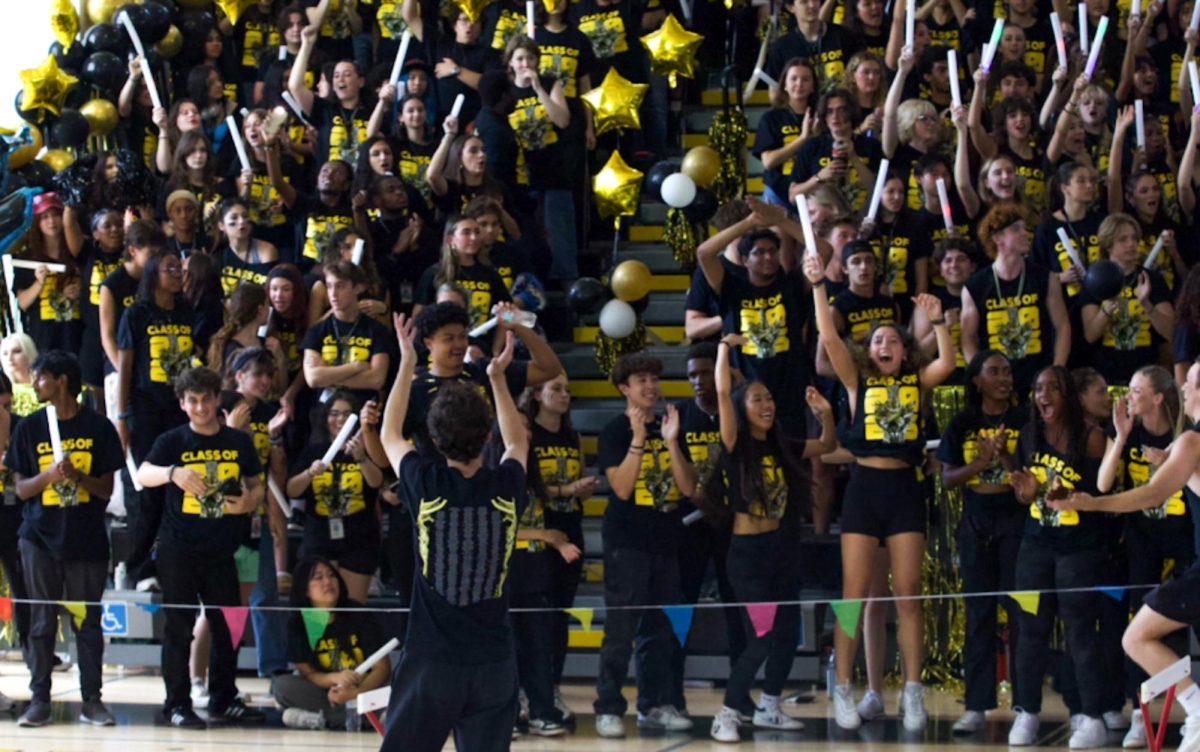
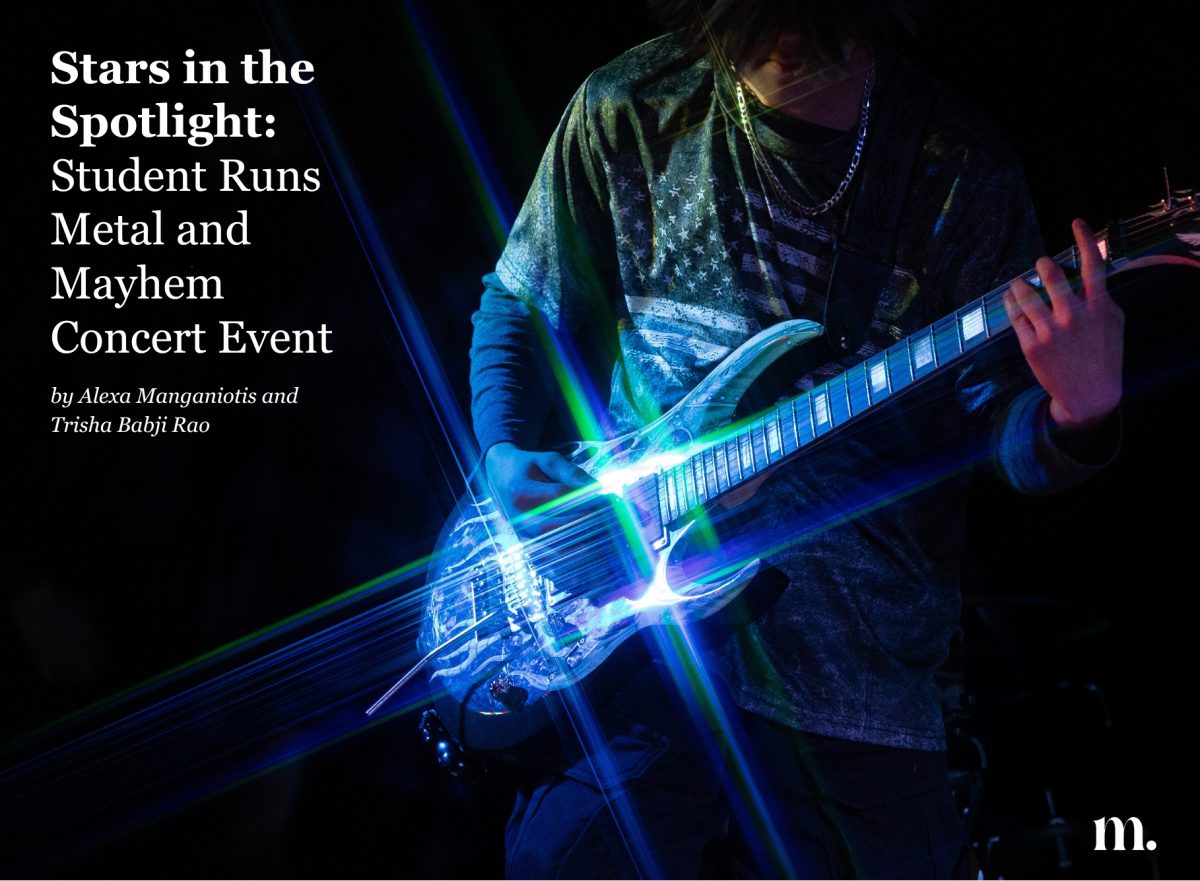


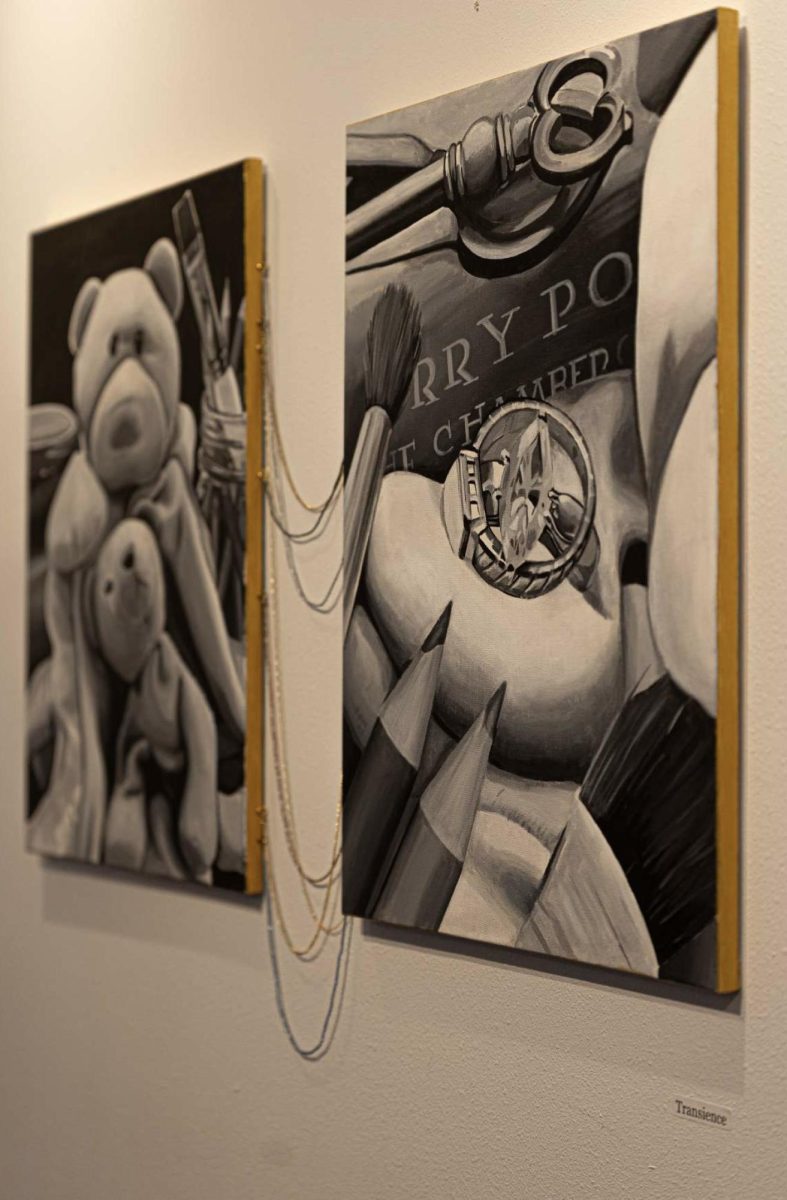


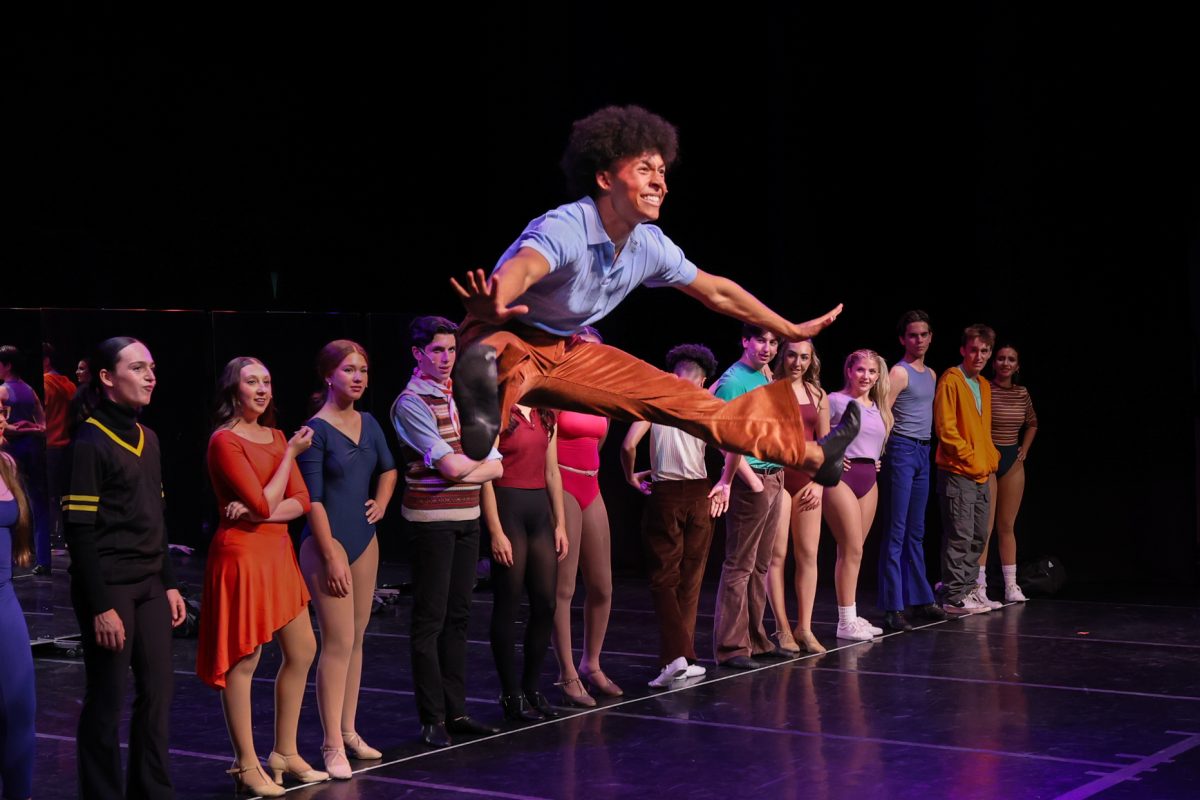
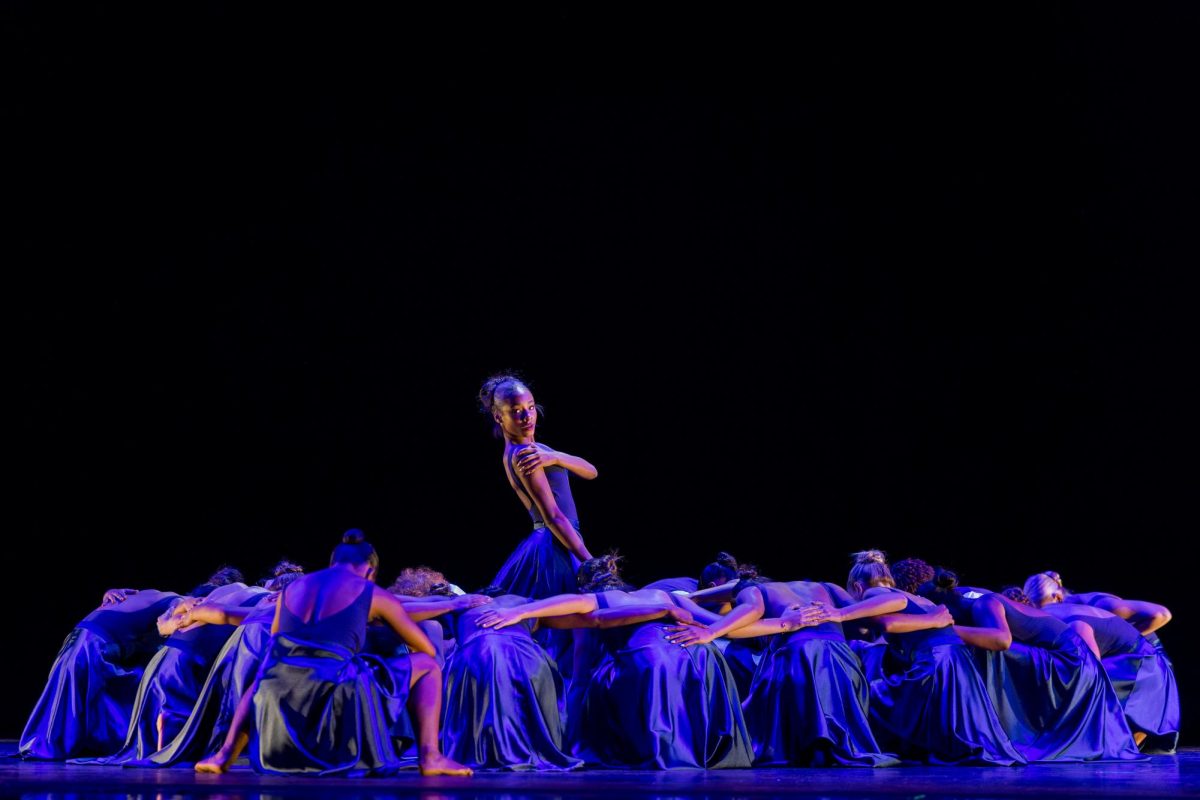
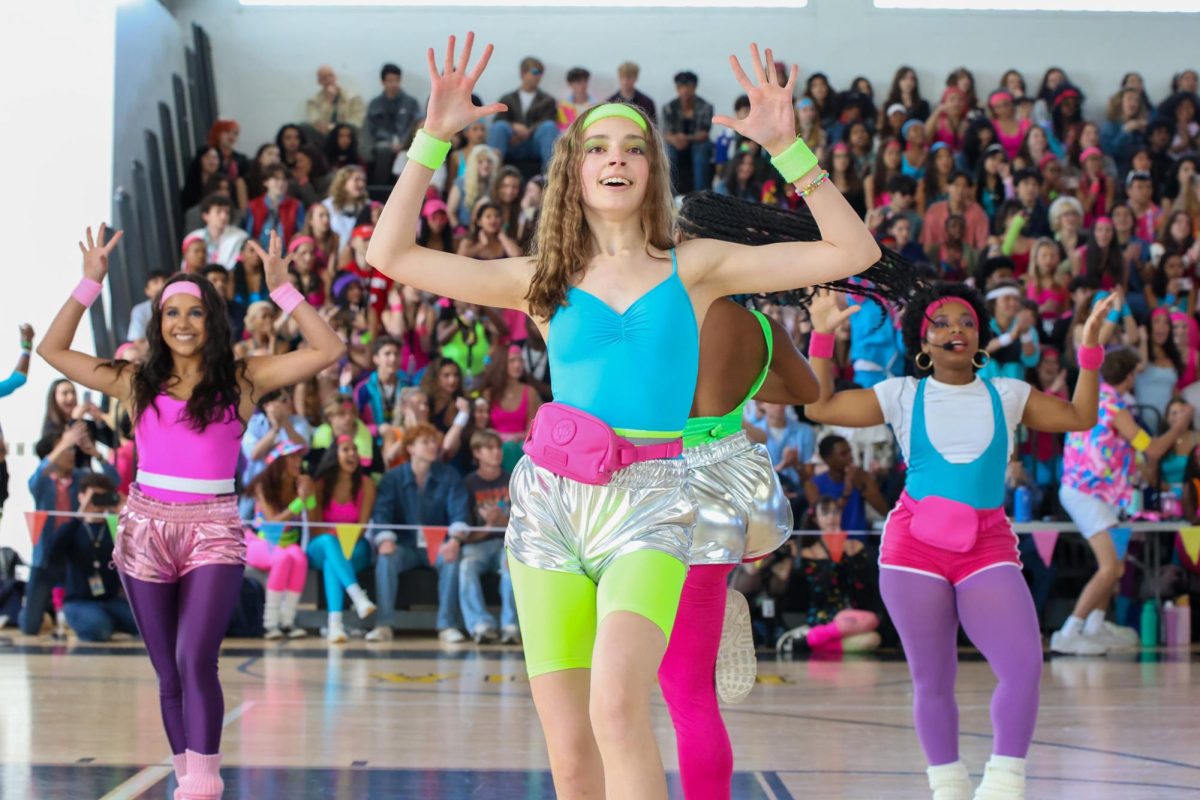


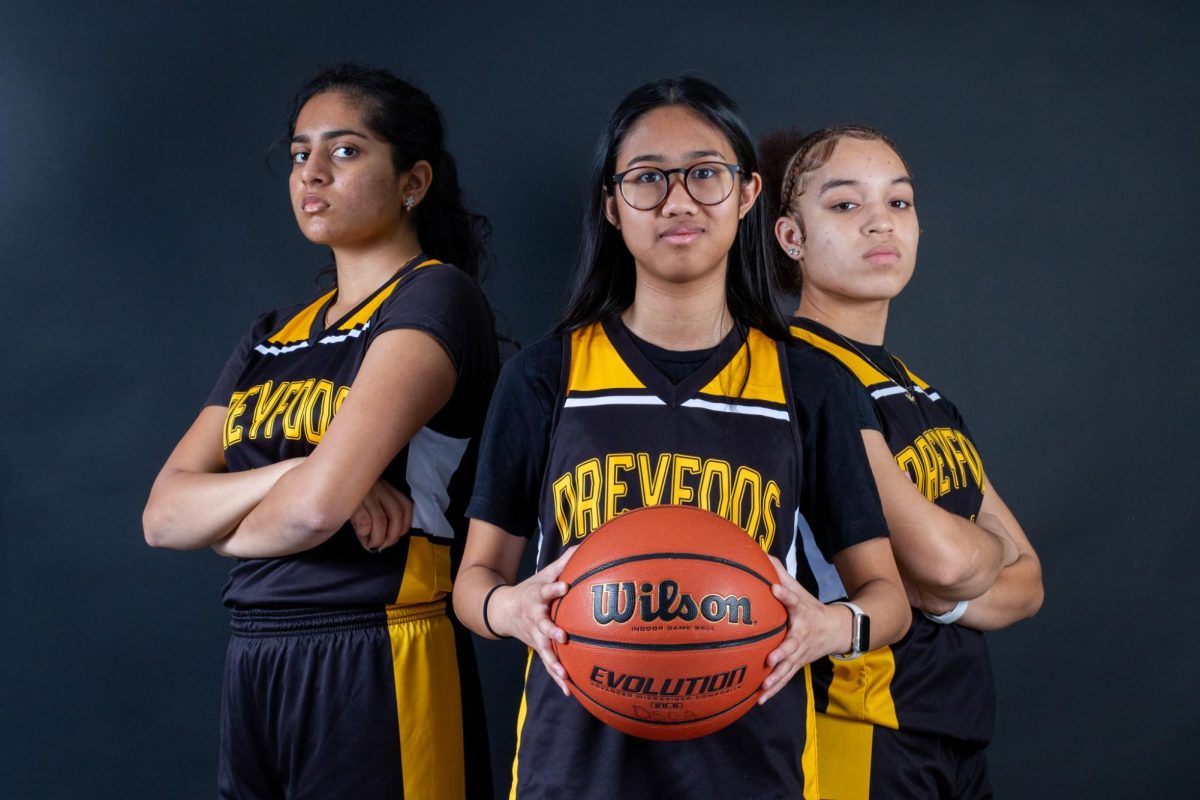

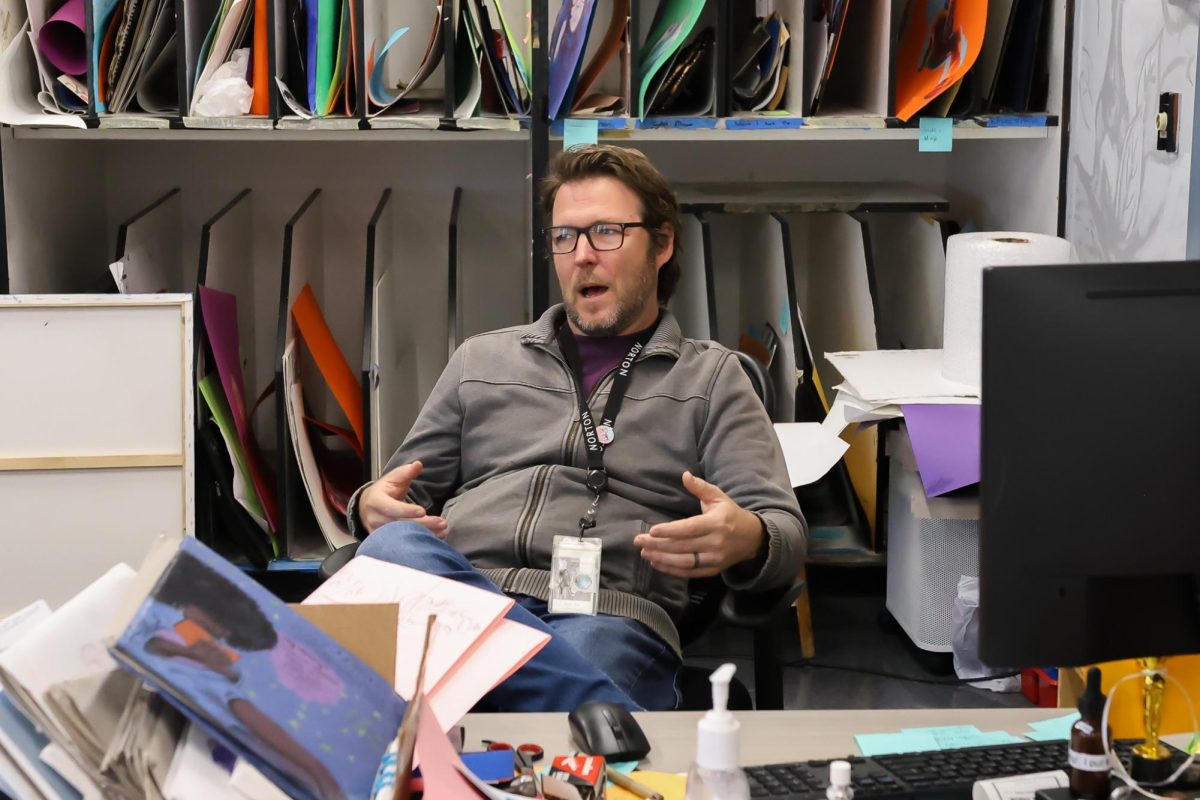
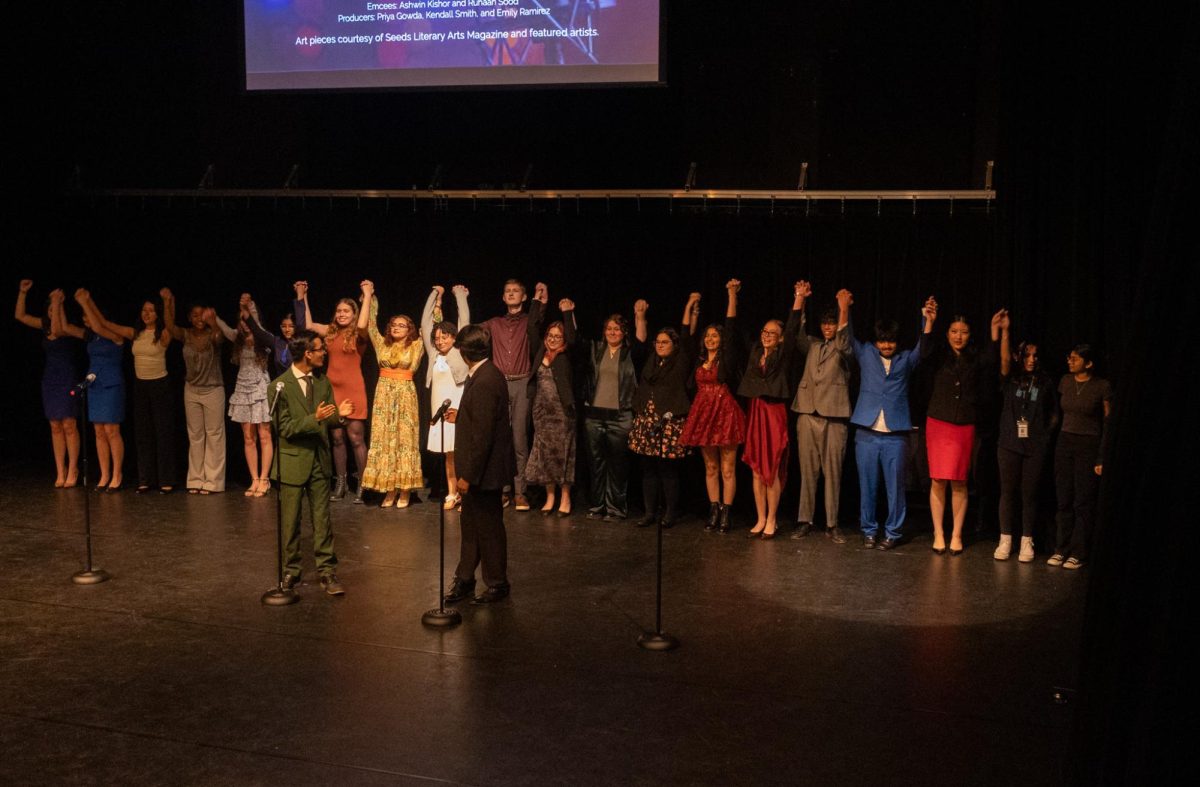
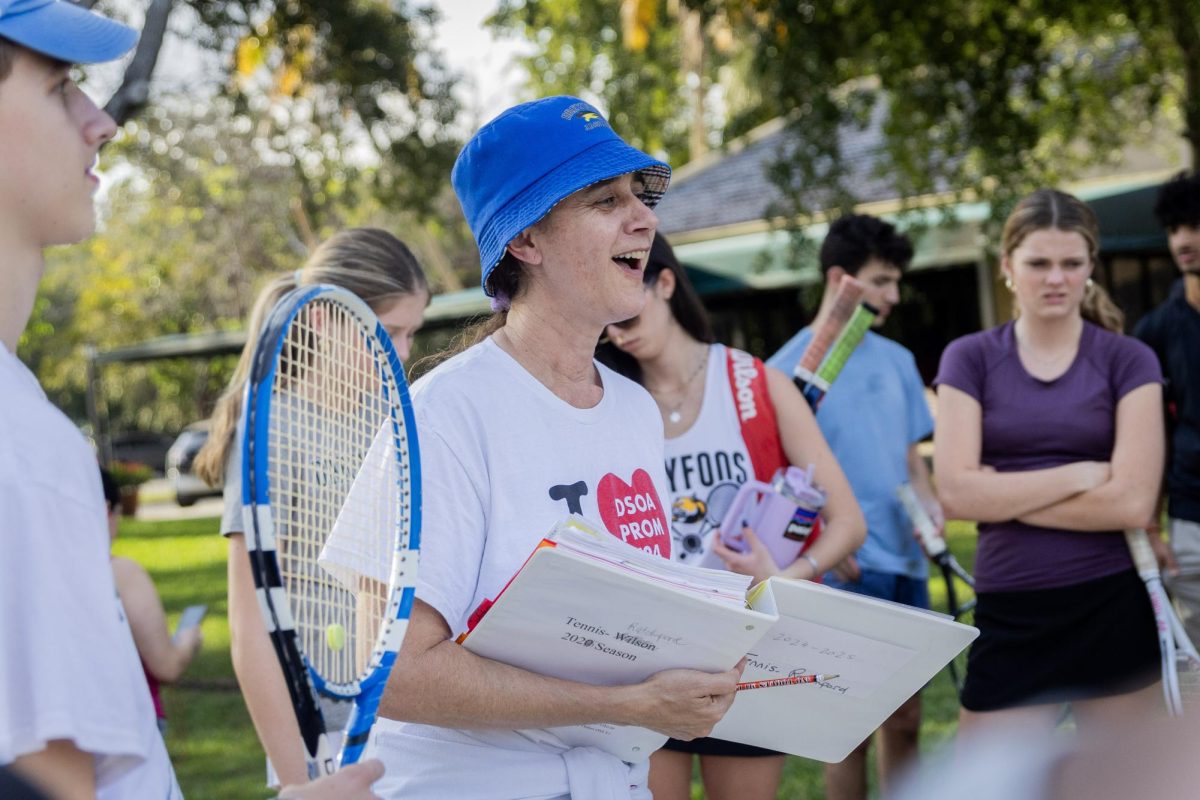
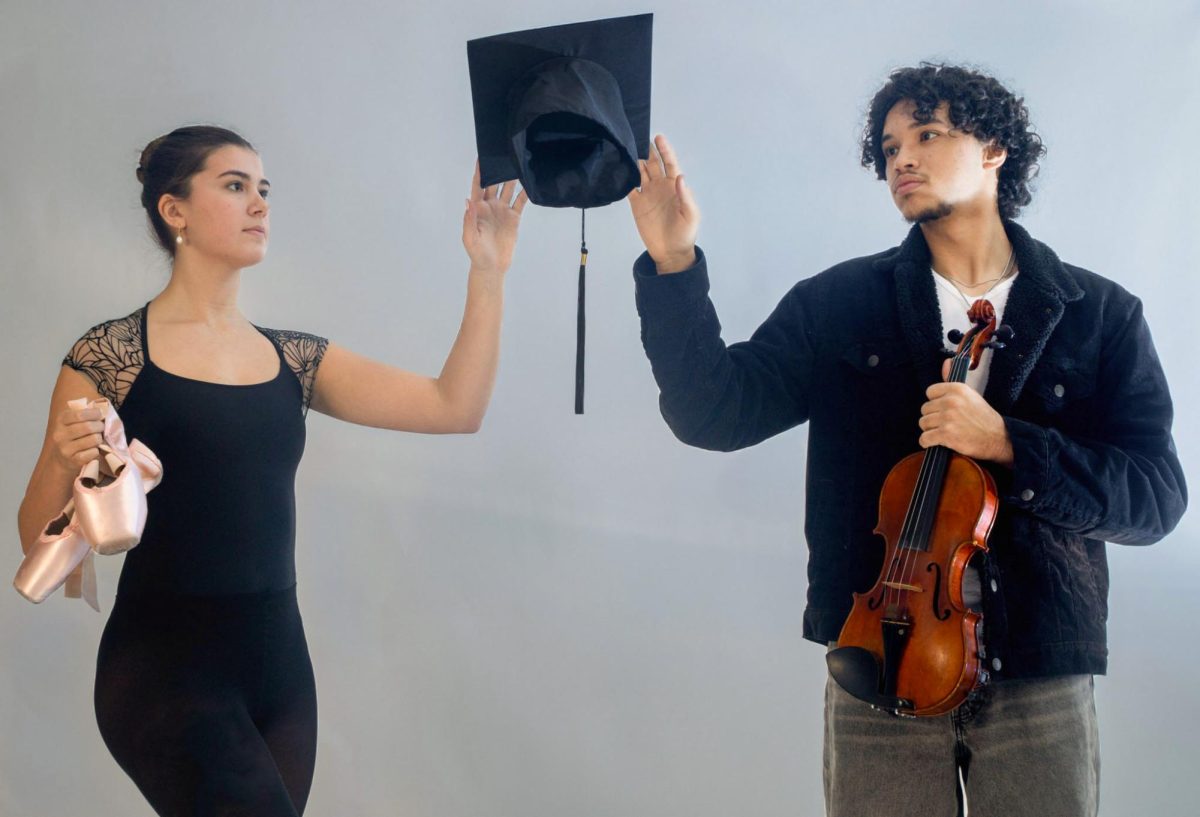
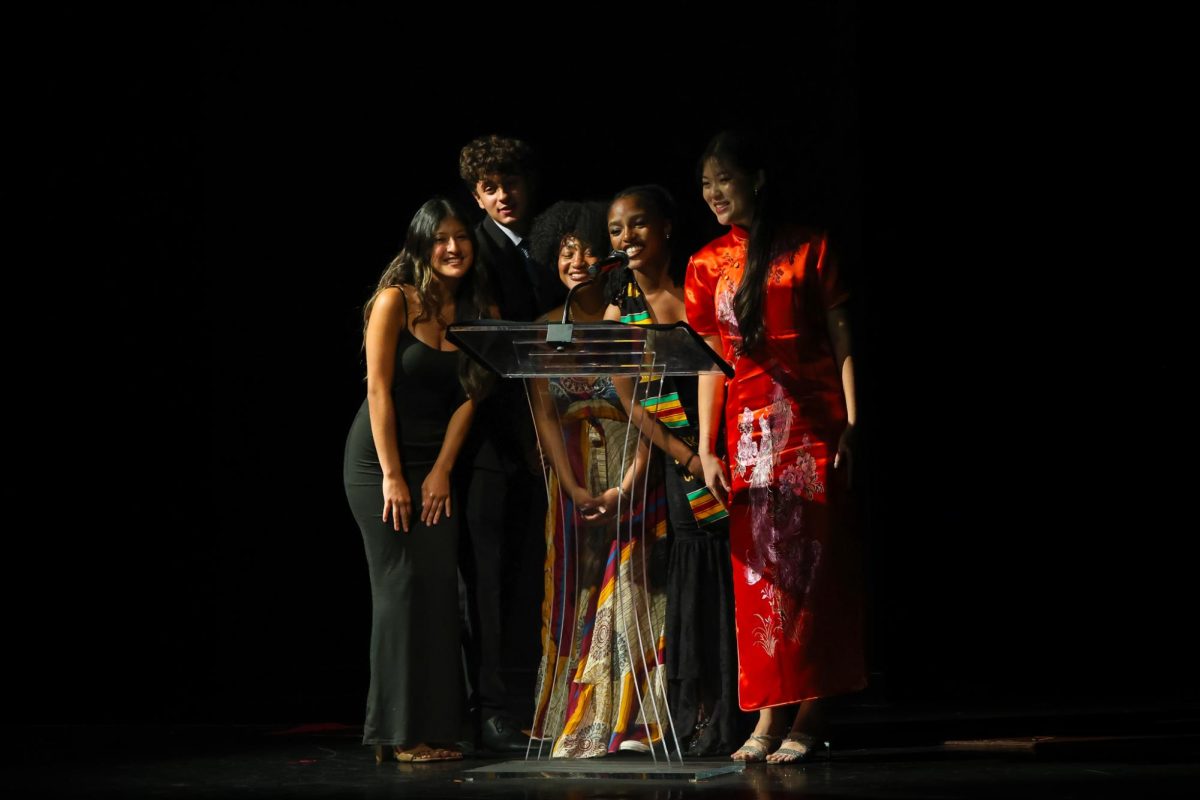


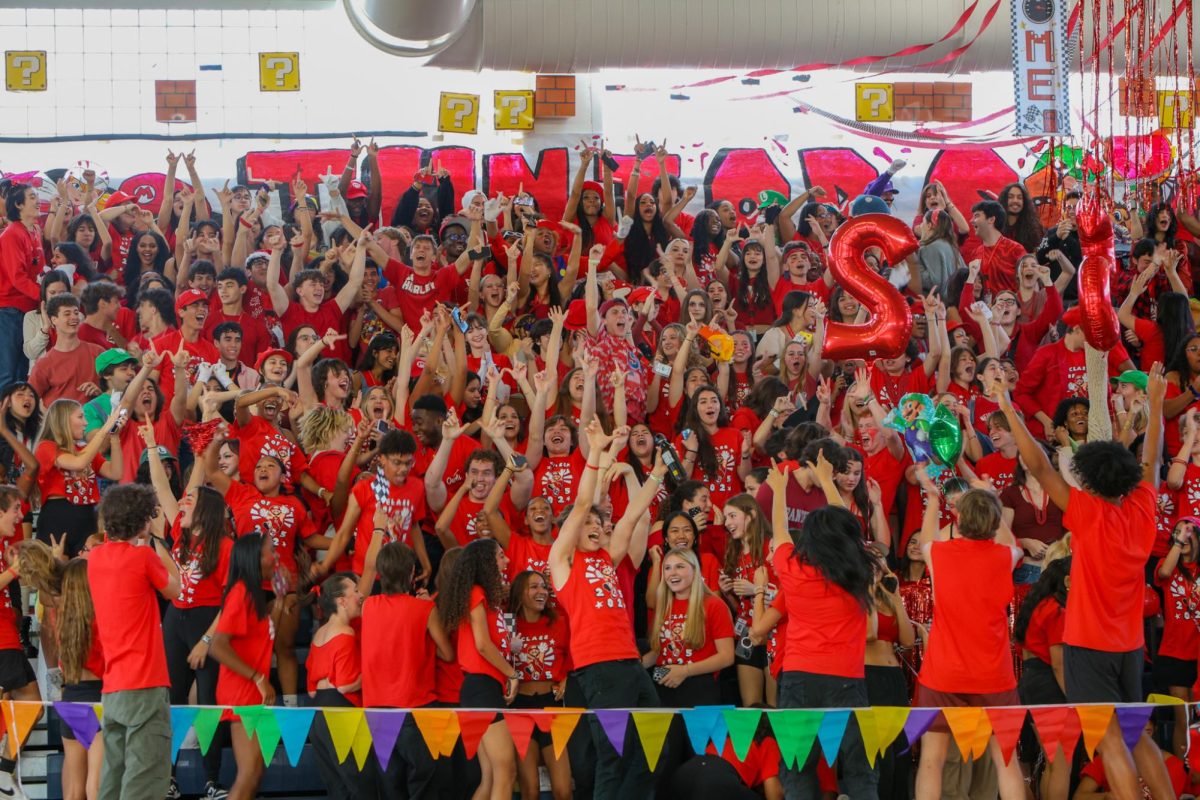

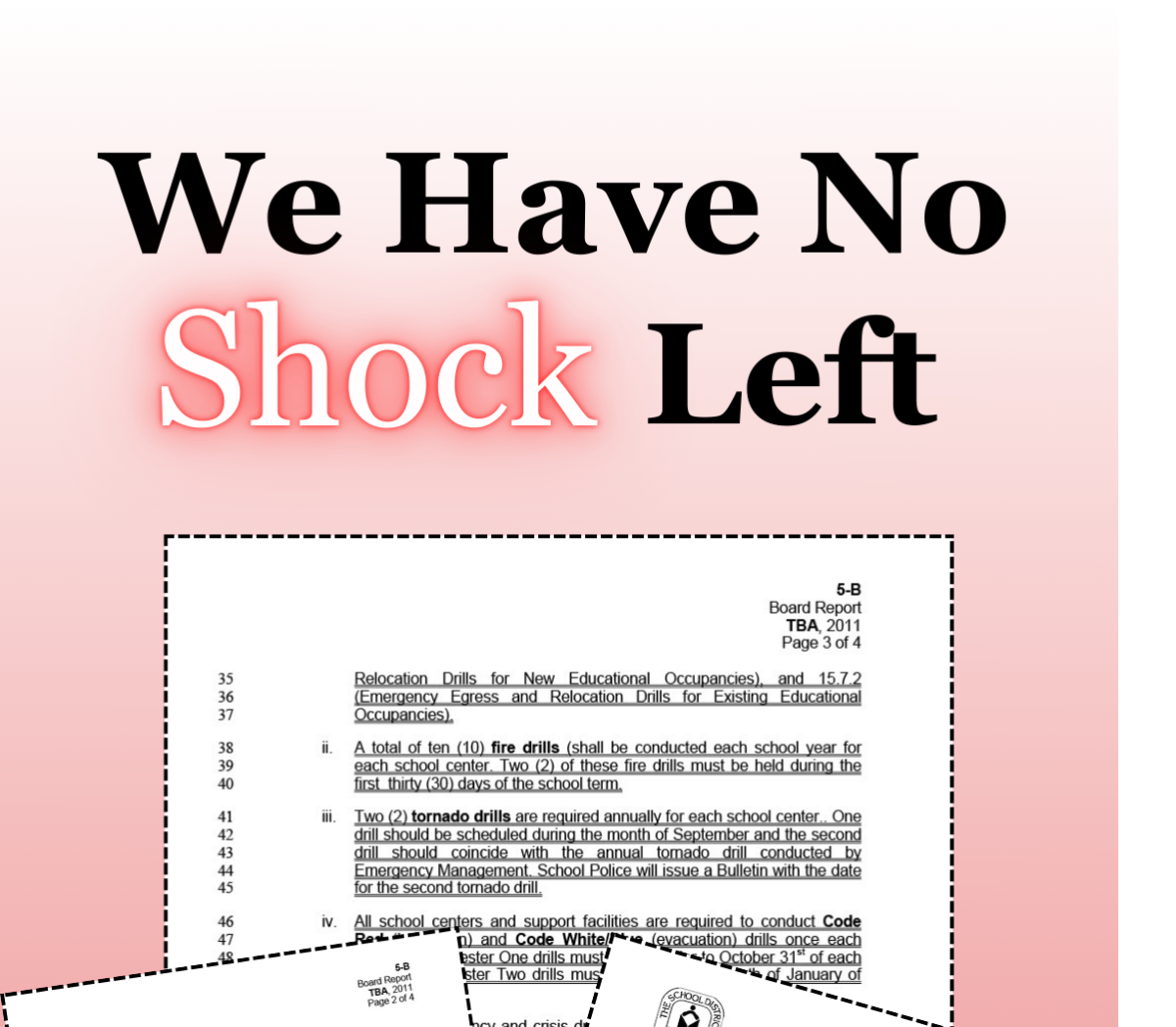

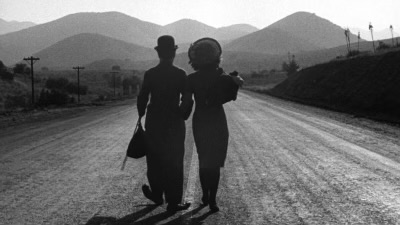









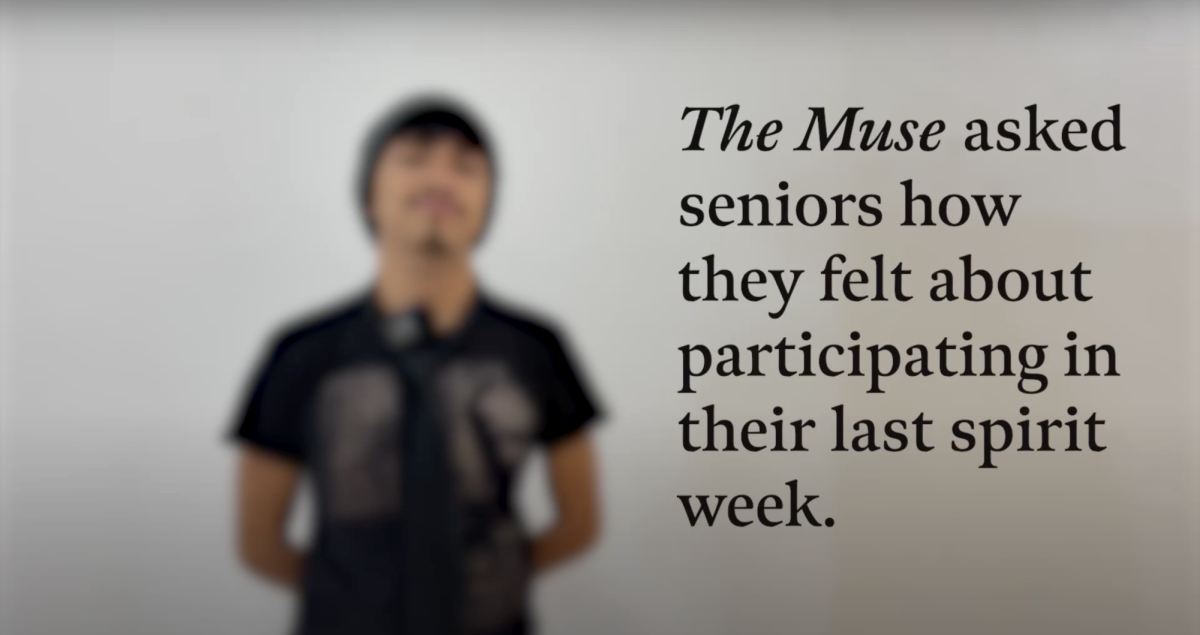




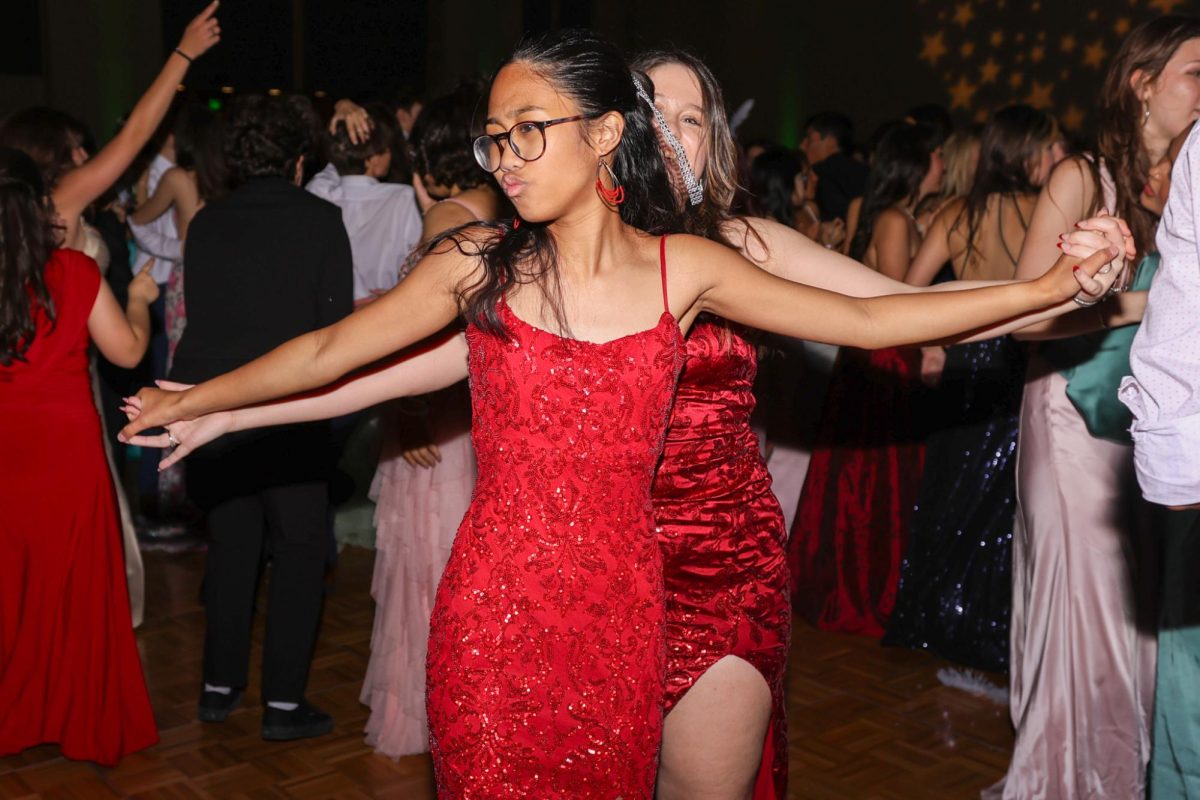
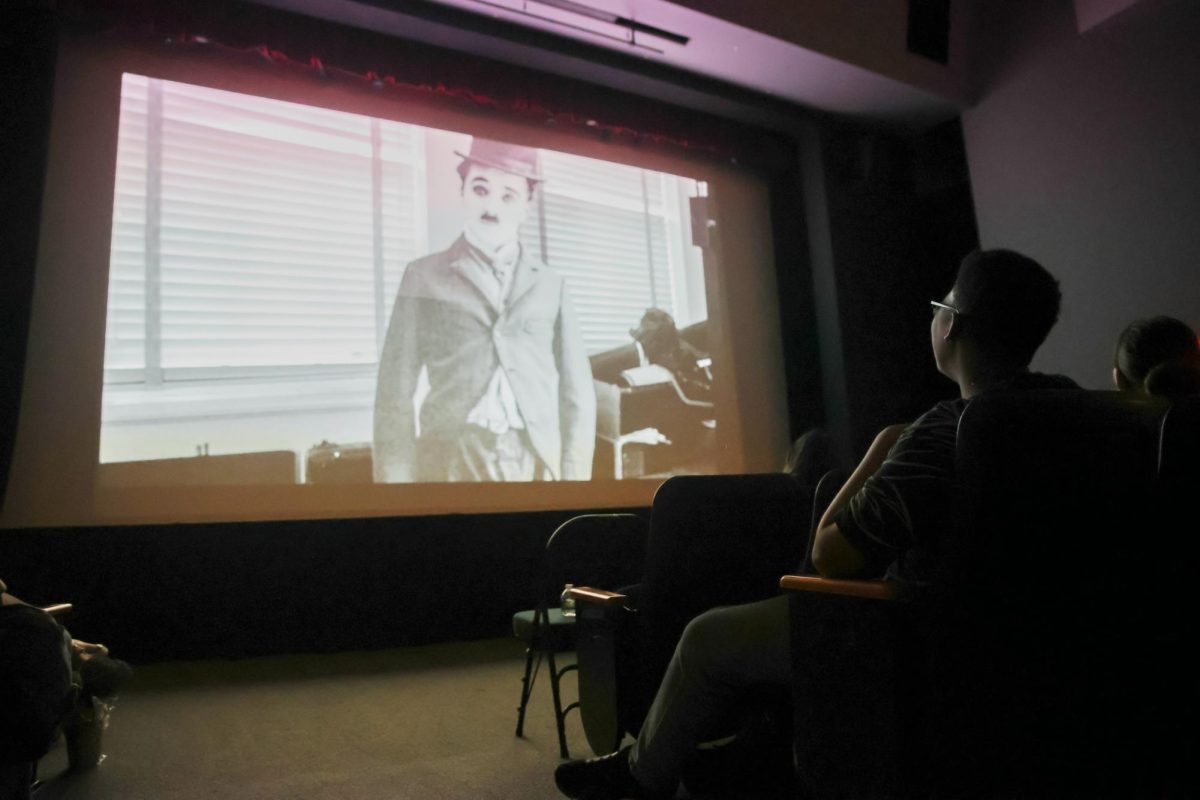


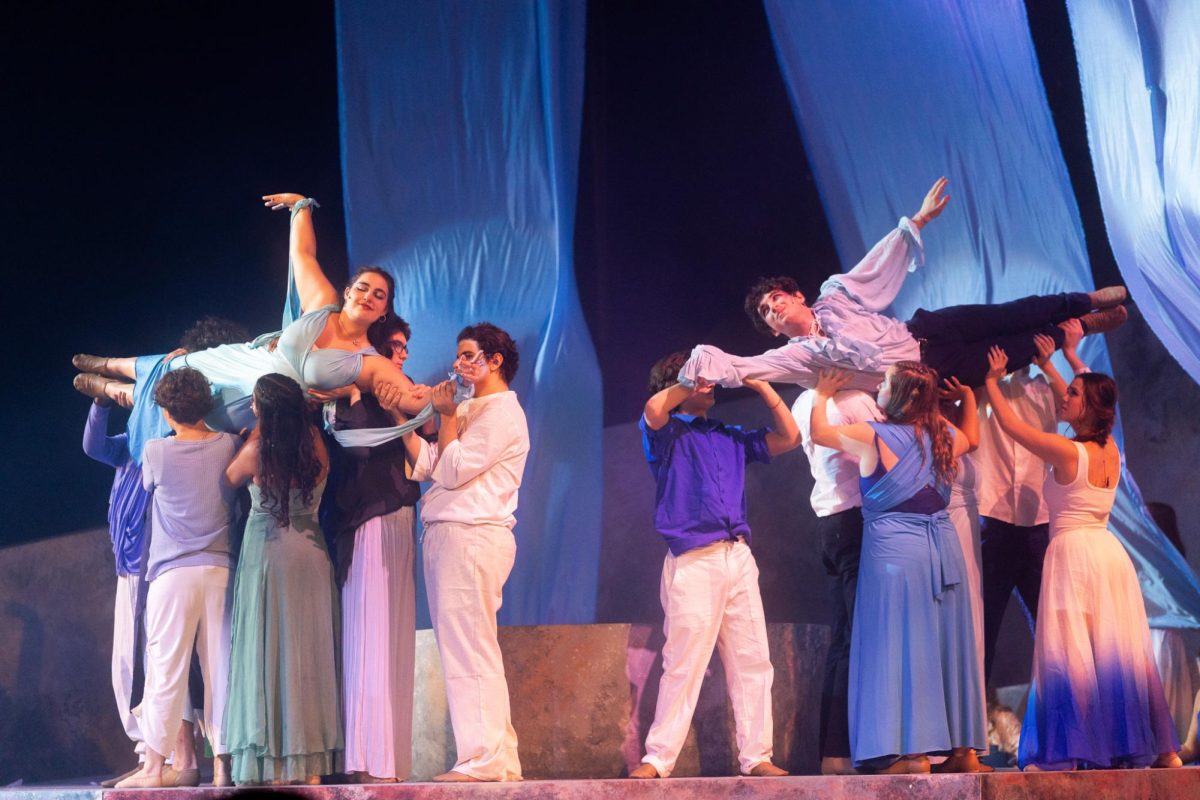



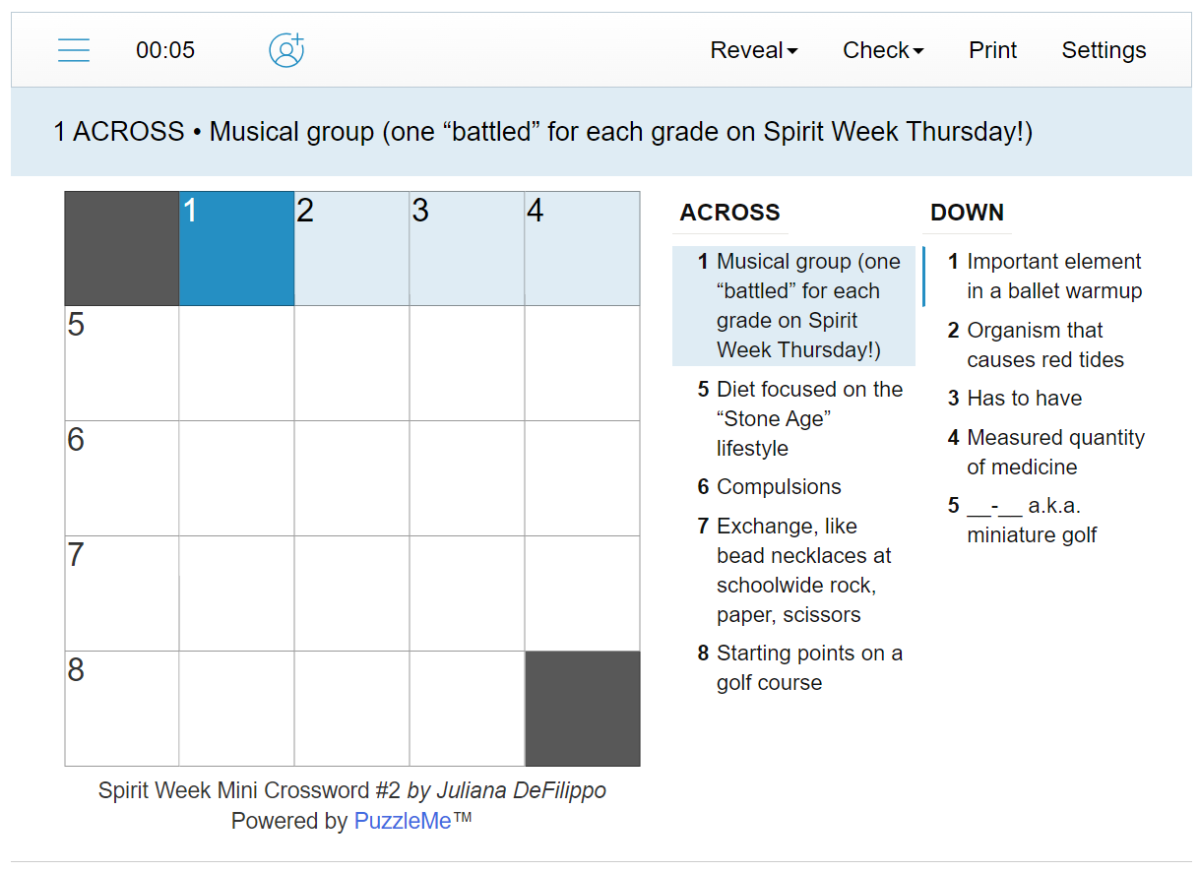




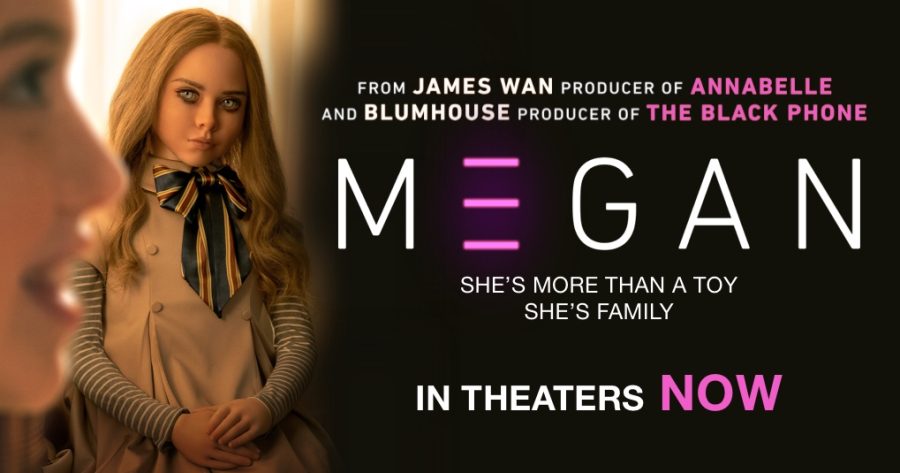
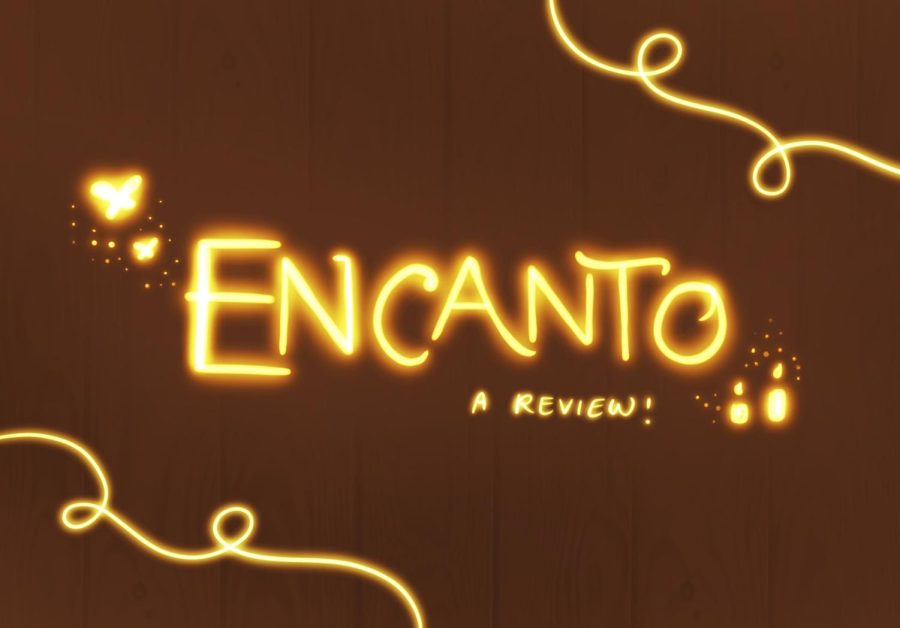
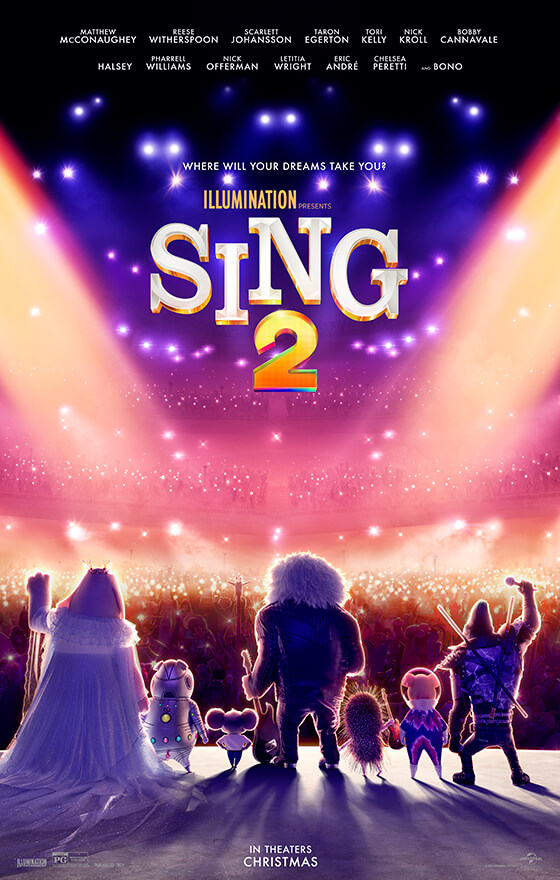
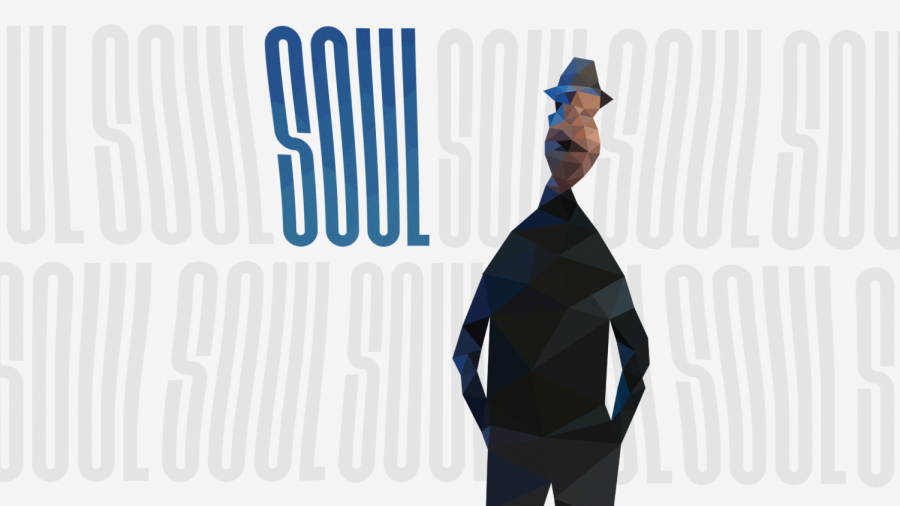
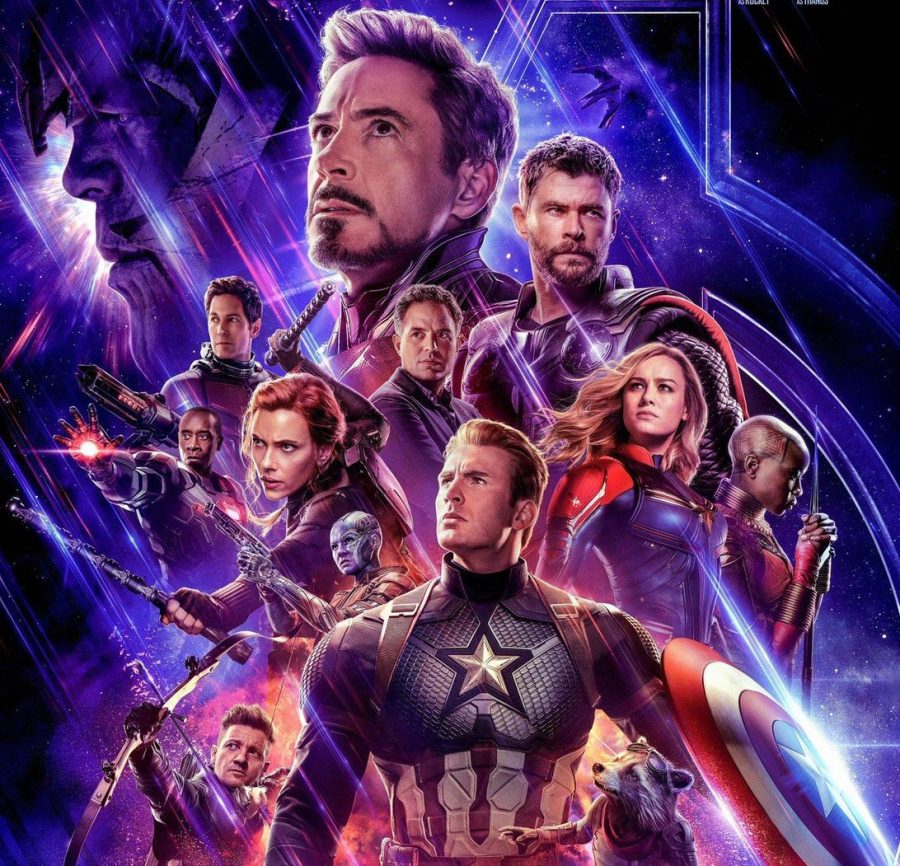

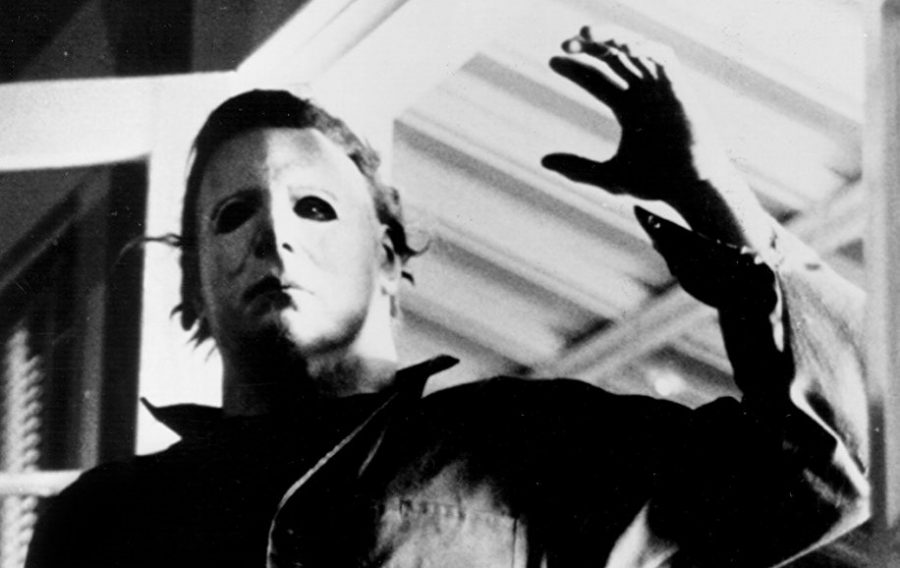
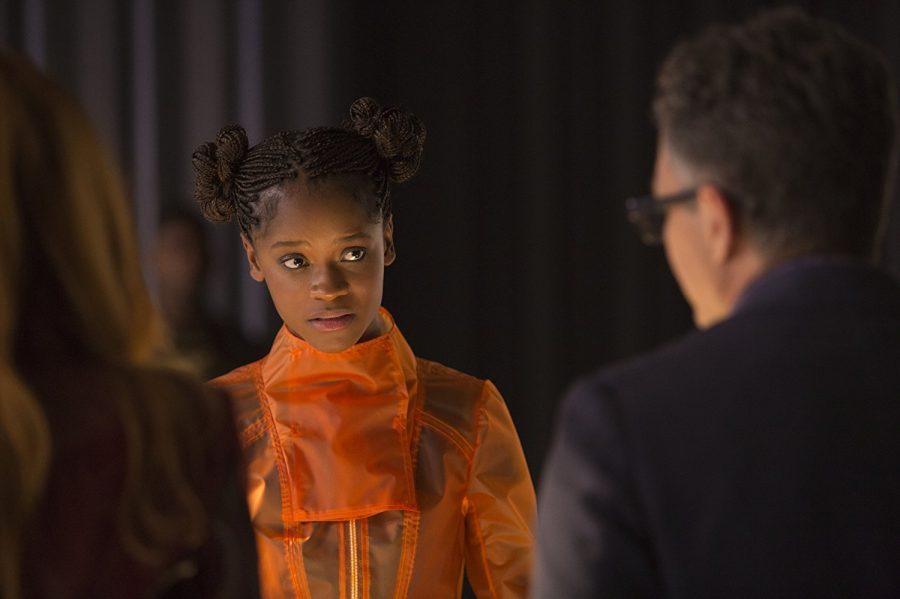
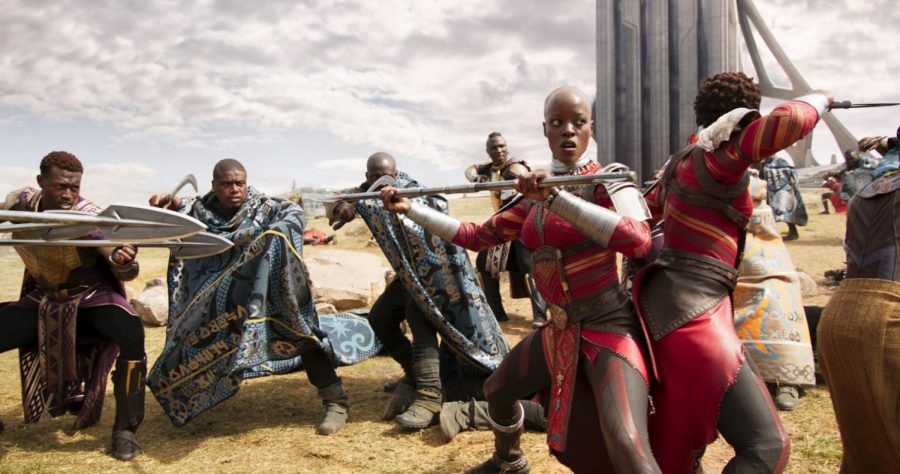
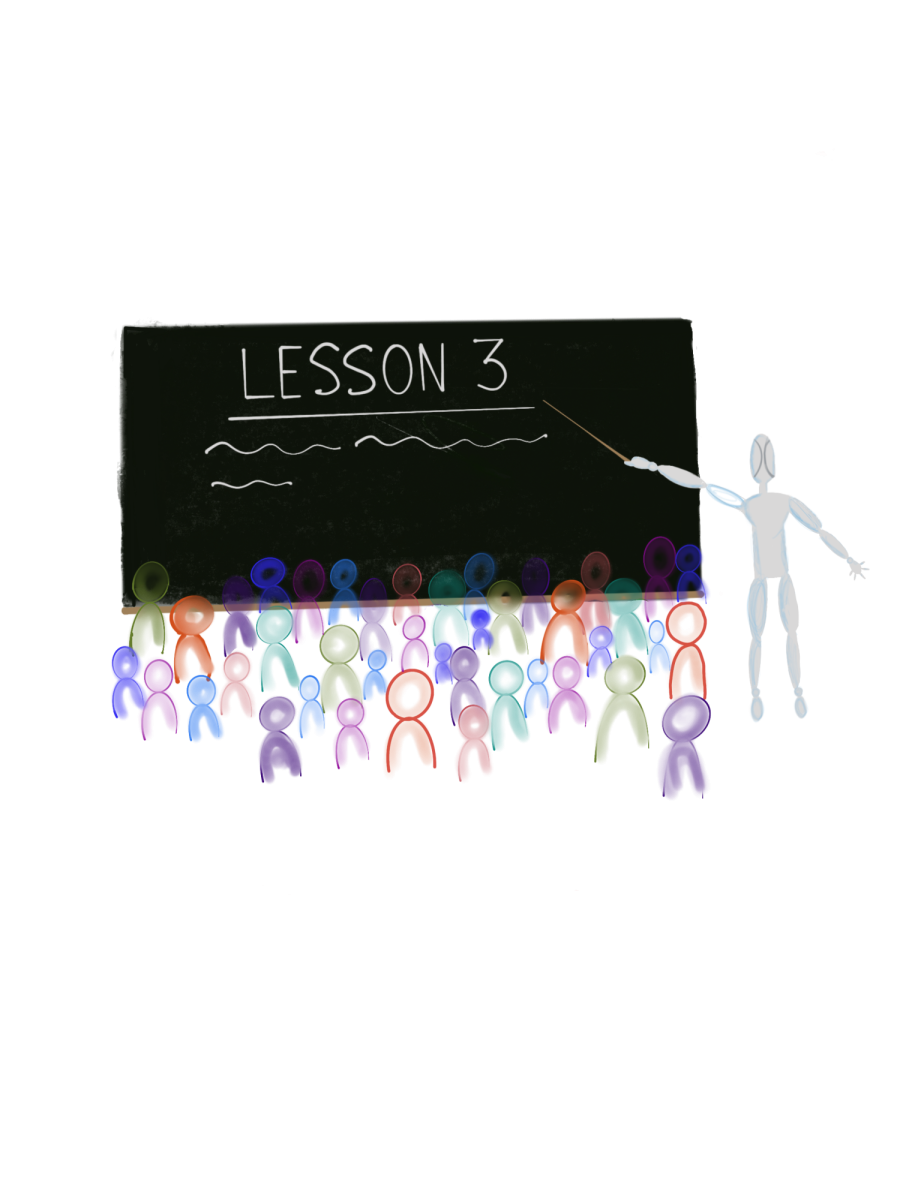



![[SATIRE] Spirit Week: Written in the Stars](https://www.themuseatdreyfoos.com/wp-content/uploads/2024/03/front.png)
